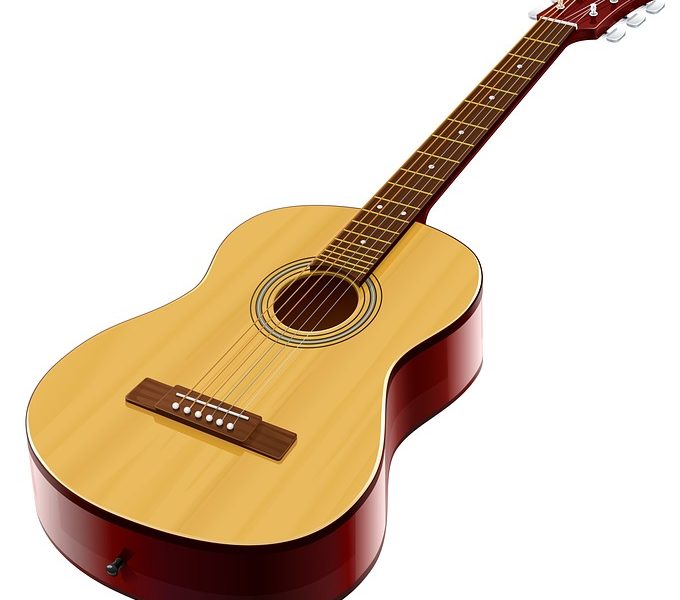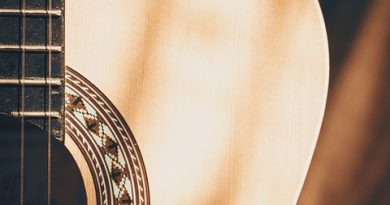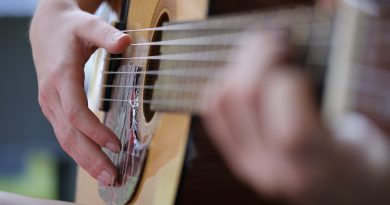Mastering the Art of Guitar Chords: A Guide to Using Effects for Maximum Impact
Mastering the Art of Guitar Chords: A Guide to Using Effects for Maximum Impact
As a guitarist, understanding and mastering the art of guitar chords is essential to becoming a well-rounded musician. Chords are the foundation of any song, and being able to play them effectively can elevate your playing to the next level. In addition to mastering the basics of chord shapes and progressions, incorporating effects into your playing can take your sound to new heights. In this guide, we will explore some of the most common guitar effects and how you can use them to enhance your chord playing.
Understanding the Basics of Guitar Chords
Before diving into the world of effects, it’s important to have a solid foundation in basic guitar chords. There are a variety of chord shapes and progressions that you should be familiar with, including major, minor, seventh, and suspended chords. Practicing these shapes and understanding how they fit together in different keys will help you become more comfortable with playing chords in various contexts.
One tip for mastering chord shapes is to practice switching between them smoothly and quickly. This will help you develop muscle memory and increase your dexterity on the guitar. Additionally, learning to play barre chords can open up a whole new world of possibilities for your chord playing, allowing you to play higher up on the neck and create more complex voicings.
Using Effects to Enhance Your Chord Playing
Once you have a solid foundation in chord shapes, you can begin to experiment with incorporating effects into your playing. Effects pedals are a popular way to add depth and texture to your sound, and there are a variety of options to choose from. Some common effects that can enhance your chord playing include:
1. Reverb: Reverb adds space and depth to your sound, making your chords sound fuller and more atmospheric. Experiment with different reverb settings to find the right balance for your playing.
2. Delay: Delay adds a sense of space and repetition to your chords, creating a sense of movement and dynamics. Use delay to create a cascading effect with your chords, or to add a rhythmic element to your playing.
3. Distortion: Distortion can add grit and intensity to your chords, making them stand out in a mix. Experiment with different levels of distortion to find the right amount for your playing style.
4. Chorus: Chorus adds a shimmering, watery effect to your chords, creating a sense of movement and depth. Use chorus to add a sense of warmth and texture to your sound.
5. Wah-Wah: Wah-wah pedals can add a funky, vocal-like quality to your chords, allowing you to create expressive, dynamic sounds. Experiment with the pedal’s sweep to find the right tone for your playing.
Incorporating effects into your playing can be a fun and creative way to explore new sounds and expand your sonic palette. Experiment with different effects pedals and settings to find the right combination for your playing style, and don’t be afraid to get creative with your sound.
Tips for Using Effects Effectively
As you begin to experiment with effects pedals, keep in mind that less is often more. It can be tempting to layer on multiple effects to create a complex sound, but sometimes a simple, clean tone is all you need to make your chords shine. Experiment with different effects combinations to find what works best for your playing style, and don’t be afraid to dial back the effects if they are overpowering your sound.
Additionally, pay attention to how effects interact with each other. Some effects can complement each other well, while others may cancel each other out or create unwanted noise. Experiment with different effects chains to find the right balance for your playing, and don’t be afraid to mix and match effects to create your own unique sound.
In conclusion, mastering the art of guitar chords is a key aspect of becoming a well-rounded guitarist. By understanding basic chord shapes and progressions, you can create a strong foundation for your playing. Incorporating effects into your chord playing can take your sound to new heights, adding depth, texture, and dynamics to your playing. Experiment with different effects pedals and settings to find the right combination for your style, and don’t be afraid to get creative with your sound. With practice and experimentation, you can master the art of guitar chords and create a unique, dynamic sound that sets you apart as a guitarist.






